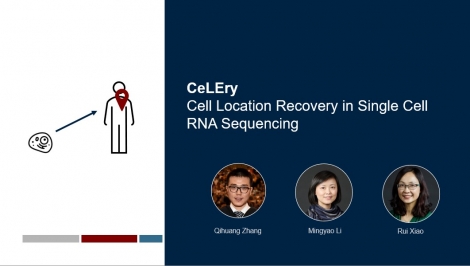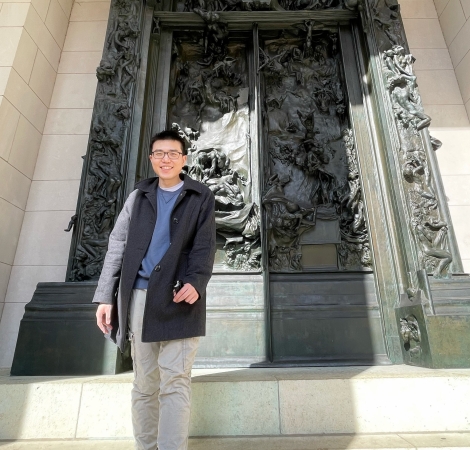Qihuang Zhang
CeLEry: Cell Location Recovery in Single-cell RNA Sequencing
Abstract
Single-cell RNA sequencing provides resourceful information to study the cells systematically. However, their locational information is usually unavailable. We present CeLEry, a supervised deep learning algorithm to recover the origin of tissues in assist of spatial transcriptomic data, integrating a data augmentation procedure via variational autoencoder to improve the robustness of methods in the overfitting and the data contamination. CeLEry provides a generic framework and can be implemented in multiple tasks depending on the research objectives, including the spatial coordinates discovery as well as the layer discovery. It can make use of the information of multiple tissues of spatial transcriptomics data. Thorough assessments exhibit that CeLEry achieves a leading performance compared to the state-of-art methods. We illustrated the usage of CeLEry in the discovery of neuron cell layers to study the development of Alzheimer's disease. The identified cell location information is valuable in many downstream analyses and can be indicative of the spatial organization of the tissues.
Keywords
cell location recovery, single-cell RNA-seq, spatial transcriptomics, data augmentation, deep neural network, variational autoencoder, machine learning, deep learning, generation model, predictionAbout Us
To understand health and disease today, we need new thinking and novel science —the kind we create when multiple disciplines work together from the ground up. That is why this department has put forward a bold vision in population-health science: a single academic home for biostatistics, epidemiology and informatics.
© 2023 Trustees of the University of Pennsylvania. All rights reserved.. | Disclaimer




Comments